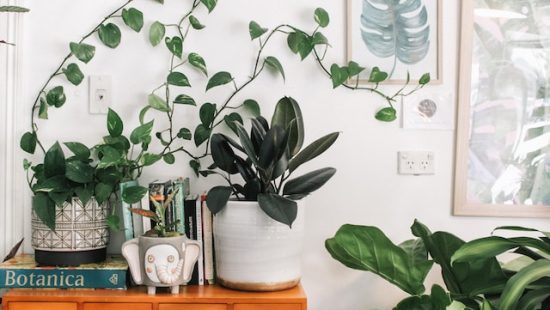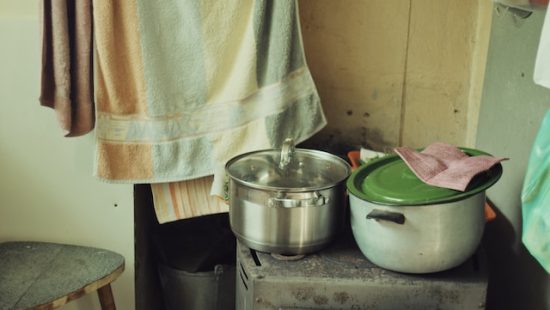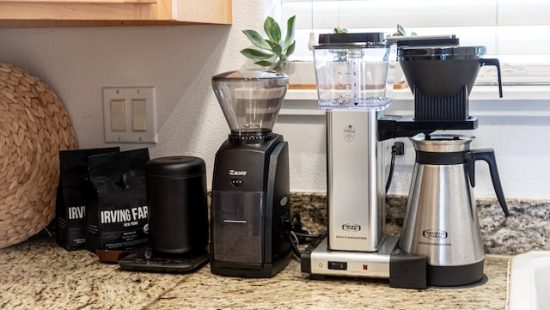Introduction
Many of us find ourselves living in smaller homes and apartments where space comes at a premium. One of the most common challenges faced by those with limited living space is the absence of a pantry. A pantry is a dedicated storage area for food and kitchen essentials, and without one, organization and meal planning can become a real headache. In this article, we’ll explore the difficulties of having no pantry space and offer practical solutions to help you make the most of what you have.
The Challenges of No Pantry Space
- Limited storage options: Without a pantry, you may be left with limited options for storing your food and kitchen items. Cupboards and cabinets may not provide adequate space, making it challenging to keep your kitchen organized.
- Difficulty in meal planning: A pantry is a central hub for storing ingredients, which makes meal planning and preparation more efficient. Without one, you may find yourself struggling to keep track of what you have on hand, leading to wasted food and increased grocery bills.
- Cluttered countertops: With limited storage, you might resort to storing food items on your countertops, which can make your kitchen feel cluttered and disorganized.
Solutions for No Pantry Space
- Invest in freestanding shelving units: Freestanding shelves can be a lifesaver when it comes to creating additional storage space in your kitchen. These units are versatile and can be placed in various areas, such as against a wall or in a corner. Consider adjustable shelving to accommodate items of different sizes.
- Utilize wall-mounted storage: Maximize vertical space by installing wall-mounted shelves or racks. These can be used to store spices, cookware, and even hanging baskets for produce. Magnetic strips can also hold metal spice containers or knives, keeping them within arm’s reach.
- Organize with clear containers: Transfer dry goods like pasta, rice, and flour into clear, airtight containers. Not only does this extend their shelf life, it also allows you to see what you have at a glance. Label these containers to make identification even easier.
- Create a mini pantry in a closet: If you have a closet in your kitchen or nearby, consider converting it into a mini pantry. Install shelves and storage solutions to organize your food and kitchen essentials. This can be a hidden gem for efficient storage.
- Over-the-door organizers: The back of pantry doors is often overlooked for storage potential. Utilize over-the-door organizers with pockets or hooks to store spices, condiments, or cleaning supplies.
- Rotate your stock: To prevent items from going bad or becoming forgotten, practice a first-in, first-out (FIFO) system. Place newer items in the back and older items in the front so you use the oldest items first.
- Declutter regularly: Take time to declutter your kitchen and get rid of items you no longer need or use. This will create more space and make finding what you’re looking for easier.




Conclusion
Living without a pantry can be challenging, but you can make the most of your limited space with some creativity and organization. Investing in storage solutions like shelves, clear containers, and over-the-door organizers and practicing good organization habits can create an efficient and clutter-free kitchen. Remember that making the most of your space is about optimizing what you have, and it can lead to a more organized and enjoyable cooking experience.


 Enhancing Small Spaces: The Top Plants for Compact Living Environments
Enhancing Small Spaces: The Top Plants for Compact Living Environments  Deciding What to Keep When You are Downsizing
Deciding What to Keep When You are Downsizing  Clever Cord Management Solutions for Small Living Rooms: A Neat and Tidy Space Awaits
Clever Cord Management Solutions for Small Living Rooms: A Neat and Tidy Space Awaits  Maximizing Space and Style: Dishtowel Storage in a Small Kitchen
Maximizing Space and Style: Dishtowel Storage in a Small Kitchen  Maximizing Space: Smart Solutions for Storing Kitchen Appliances in a Small Kitchen
Maximizing Space: Smart Solutions for Storing Kitchen Appliances in a Small Kitchen  Maximizing Exercise for Your Furry Friend in a Small Living Space
Maximizing Exercise for Your Furry Friend in a Small Living Space